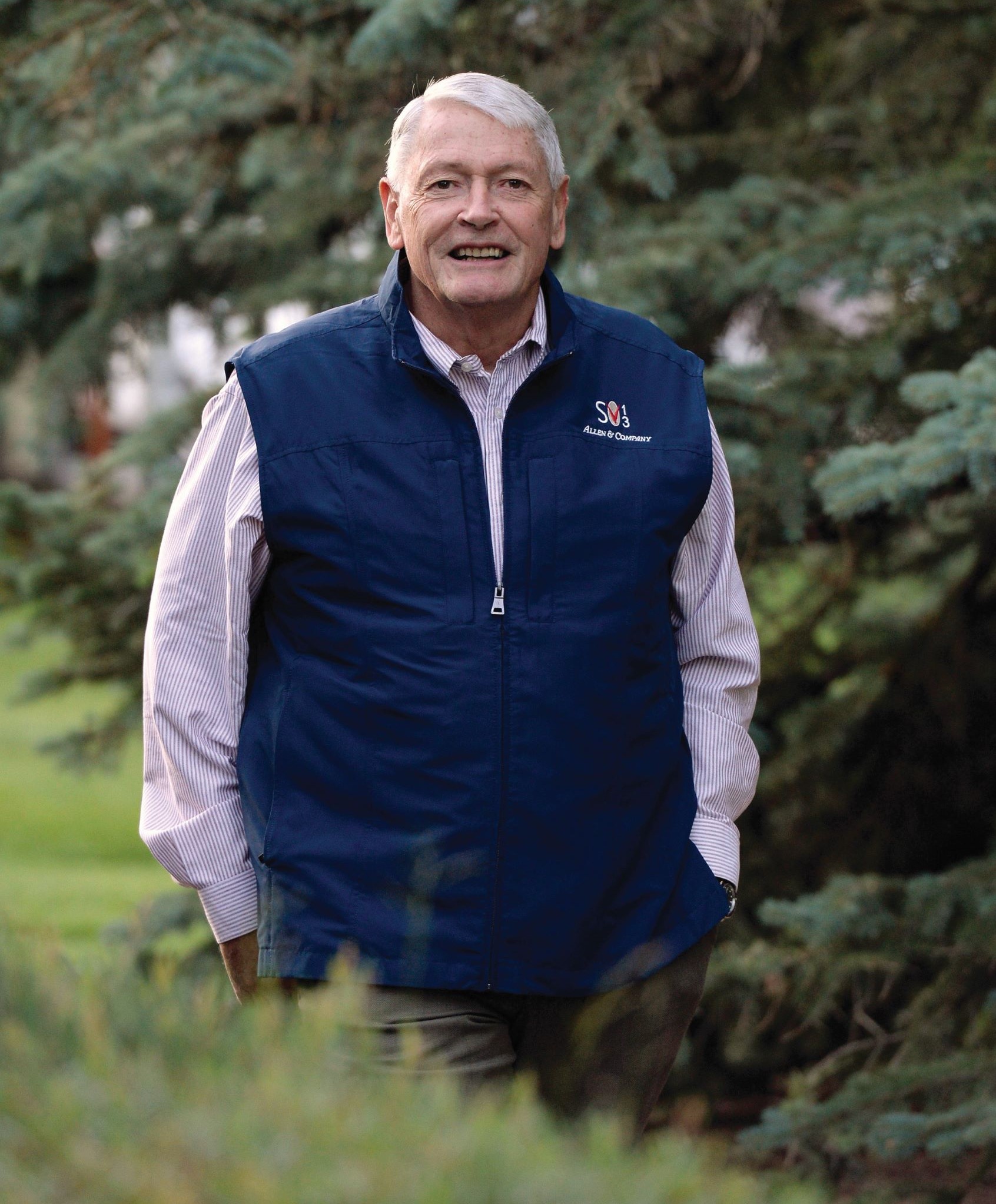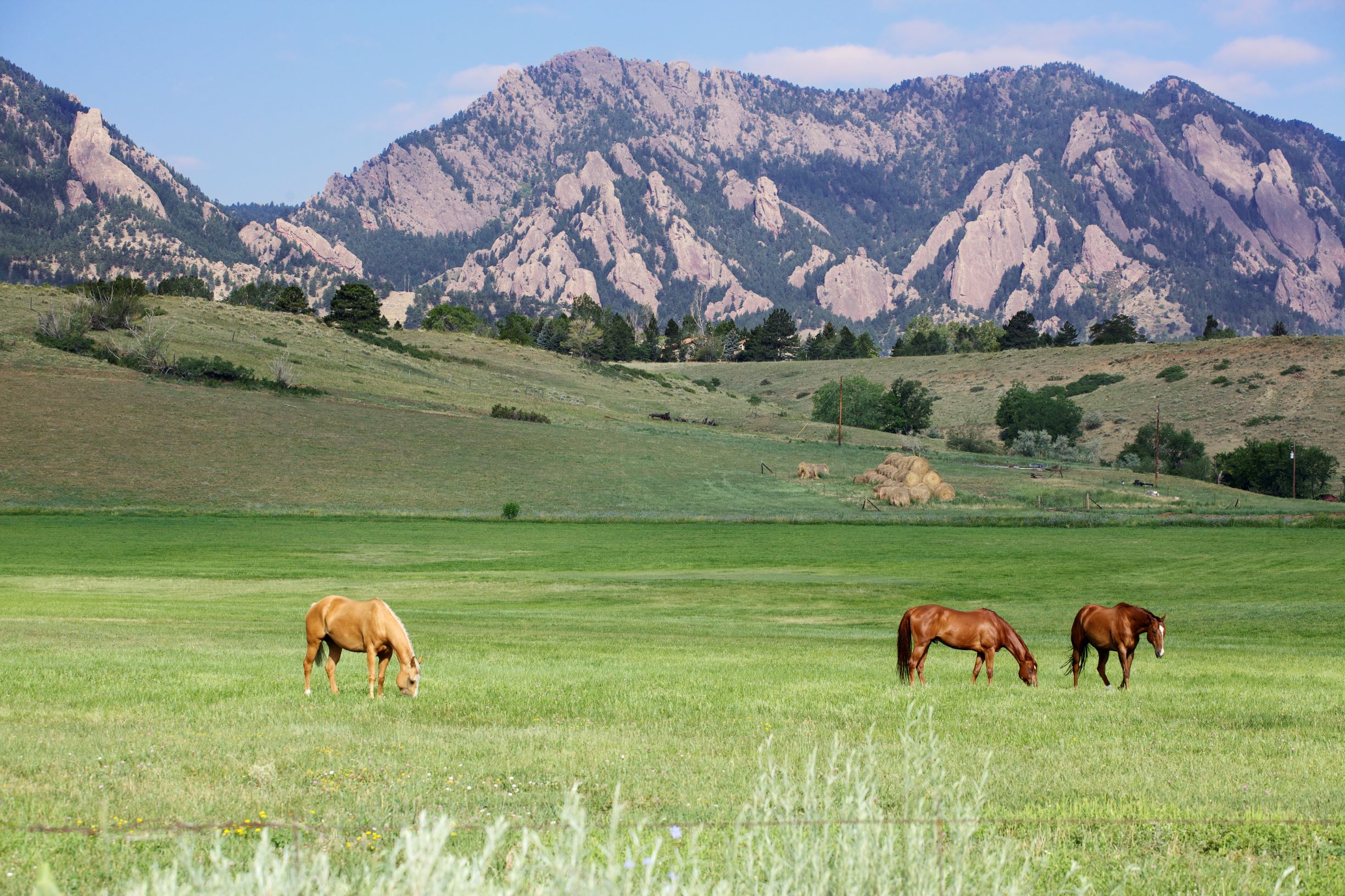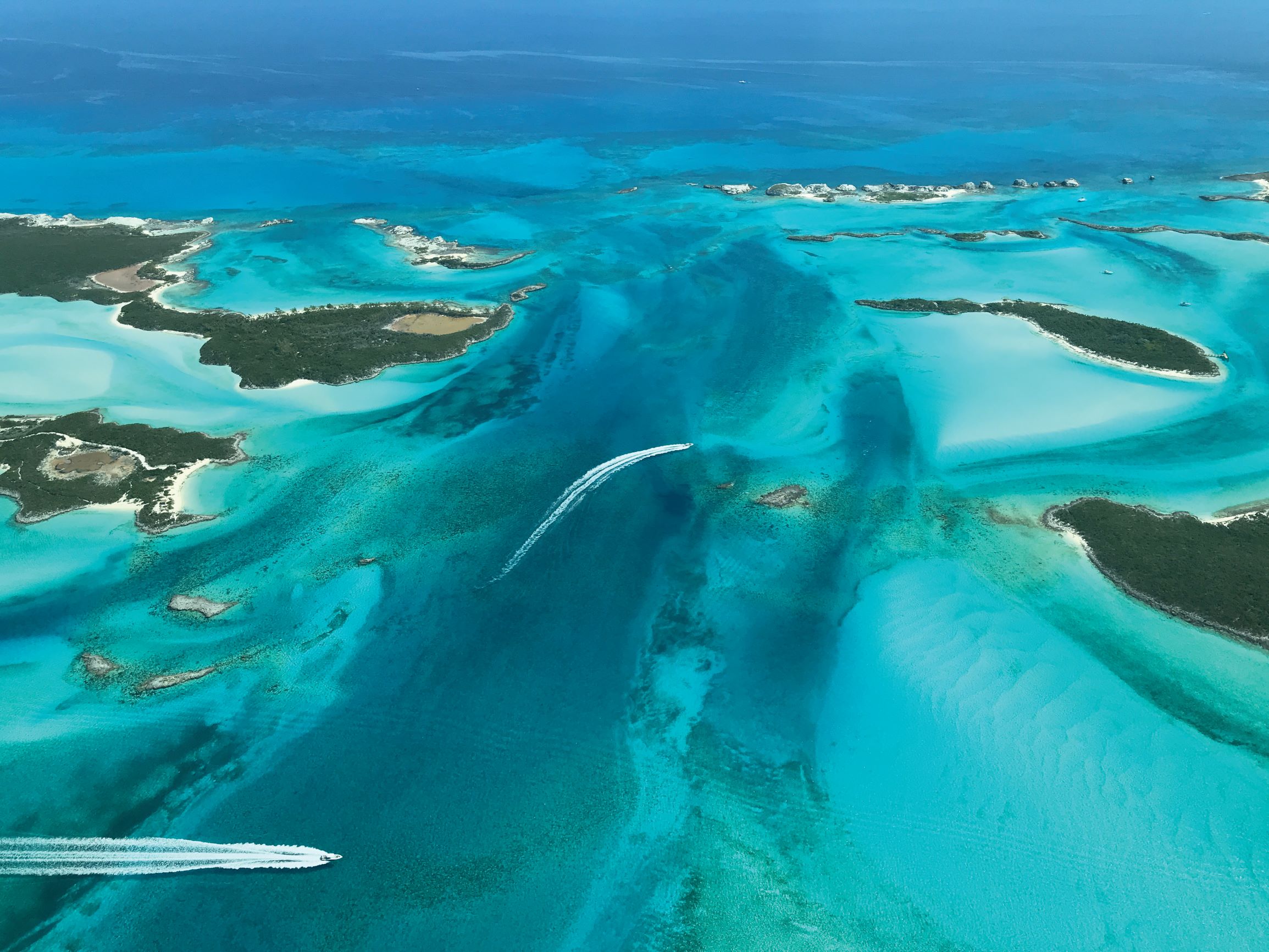How Media Mogul John C. Malone Quietly Became America’s Largest Landowner
With an estimated net worth of $7.2 billion, Malone is now the largest private landowner in the United States, with 2.2 million acres—more than both Delaware and Rhode Island—to his name.

When considering the pantheon of entrepreneurial titans, we often find that an individual’s success was due to their brilliance and superior understanding of a specific field or industry, and the development of new markets as technology advances.
Whether that’s Bill Gates or Steve Jobs in personal computing or Henry Ford’s innovative development of the modern automotive industry, we’ve long come to identify these icons of business directly with their sphere of dominance and the era in which it occurred. So it’s understandable that a similar thing could happen to John C. Malone.
He could have forever been the man who helped build the cable television industry and also helped lay the groundwork for the vast content marketplace that now exists.
Referred to by some as the “Cable Cowboy”, Malone did indeed make his biggest mark in the development of the cable television business from a disorganized network of companies in the 1970s and ’80s into the conglomerates that dominate the landscape today.
But to simplify the man as simply a visionary in the cable world is to ignore the way that Malone continues to personally evolve along with the media business.
Where some saw the massive paradigm shifts in the media as a threat, Malone saw opportunity. Which is why more than five decades after beginning his illustrious career, he is still considered a scion of the media landscape, and looks poised to thrive in the digital age just as strongly as he did during the age of cable.

With an estimated net worth of $7.2 billion, Malone is now the largest private landowner in the United States, with 2.2 million acres—more than both Delaware and Rhode Island—to his name.
His property not only ranges from the woodlands of Maine—he is said to own five percent of the state—to ranches in Wyoming, Colorado and New Mexico, in addition to holdings in Ireland and South America, but the Bahamas as well.
Malone owns Sampson Cay, an island in the Exumas, an archipelago that begins 35 miles southeast of Nassau, which had been home to a high-end resort called the Sampson Cay Club until Malone shuttered it in 2013 and converted it into his private retreat.
The island manager said at the time that he wanted “to be able to enjoy this Bahamian paradise with his family and friends.”
The property includes several villas, a restaurant, a marina and mangrove bordered flats where Malone likes to go fishing. “Of course you don’t really ever own the land,” Malone has said. “You are kind of a steward of it so you really want to be a good steward. But it is sure enjoyable while you are on the planet to be able to go walk around or get on a horse or drive a truck around and be out in the open,” or even better, on a private island.

Now 78, Malone owns an array of brands and companies well-known to the general public through his many corporations, largely Liberty Media and its subsidiaries. He holds stakes in, and has helped mold, well-known brands like Discovery, Inc. Lionsgate, SiriusXM satellite radio, and his TV and broadband company Liberty Global, which alone had $15.9 billion in revenue in 2018.
Liberty Media also owns the Atlanta Braves baseball franchise. Prior to his rise to billionaire status, Malone studied electrical engineering and economics at Yale, before getting his PhD in operations research at Johns Hopkins. He worked for corporate giants like Bell Labs and global consulting firm McKinsey & Company, before finding himself in the position that would provide the launching pad for his empire.
In 1973, a struggling, Denver-based cable company named TeleCommunications Inc. made Malone its President and CEO. It was early days in the cable business, and Malone took this burgeoning industry and made it his battlefield. Over the next 26 years, 24 as president and CEO, he built TCI into a cable giant, eventually selling the organization to AT&T in 1999 for around $48 billion.
As a founding father of sorts for the cable television industry and the media landscape that has resulted, he’s considered a key figure in the “old media” arena.
But what makes Malone stand out from many of the other key players from this era is the way he seems to have evolved into an expert for the 21st century media landscape. In this period of “cord-cutting” and the potential end of the cable era that he helped build, he remains largely influential. In fact, with his numerous media holdings, including Discovery, Lionsgate and others, he seems to be positioning himself to also help mold the streaming era as much as the cable era.
In a rare interview, Malone sat down with CNBC last November to discuss the rapidly-shifting media landscape. Speaking insightfully about brands ranging from Amazon to Netflix, Disney, Fox and other major players, he showed a deep understanding of where the market is now, and perhaps more importantly, where the media opportunities are in the future.
Far from a comfortable billionaire willing to let the young bucks take the lead, he appears poised to remain a major player in the monetization of media and entertainment in the internet age.
He openly praised men like Amazon’s Jeff Bezos, Netflix’s Reed Hastings and News Corp’s Rupert Murdoch for their insight and contribution to the development of what the next media landscape, and marketplace, will look like as the internet, streaming and globalization continue to upend the media industry.
He stressed the impact that globalization of media has on the economics of scale and the role that scale will play in deciding who are the ultimate victors of the still-developing internet-based media economy. As content creation and distribution continues to evolve through different models, he sees tremendous opportunity, perhaps in the same way he saw the possibilities about to arise in the cable industry nearly a half century ago.
https://www.instagram.com/p/BzVfQ8BJjtW
Perhaps a prime example of Malone’s approach and evolutionary nature was the purchase of Formula One by Liberty Media for $4.4 billion in 2017. The racing series has a long history and a global fan base, but had been long overseen by Bernie Ecclestone, who could be considered a reluctant early-adopter, leaving Formula One (essentially a content creator) behind in the newly developing media landscape.
Since the takeover, Formula One has revamped its media approach and content, essentially entering the 21st century at last. Perhaps symbolically, Malone has taken an F1 based in the cable era and retrofitted it for today’s global digital market, again emphasizing scale through efforts to grow viewership in markets like the United States and China via digital channels and social media, which was largely ignored or undervalued by the previous regime.
Malone and his wife have donated millions to charitable organizations, including large bequests to his alma maters Yale and Johns Hopkins, among others; their family foundation supports scholarships at some 50 private schools nationwide. Land conservation is also a major area of interest, and the Malones’ plan to leave most of their wealth to philanthropic causes.
And he still has many more years of savvy business deals to put together before then.
